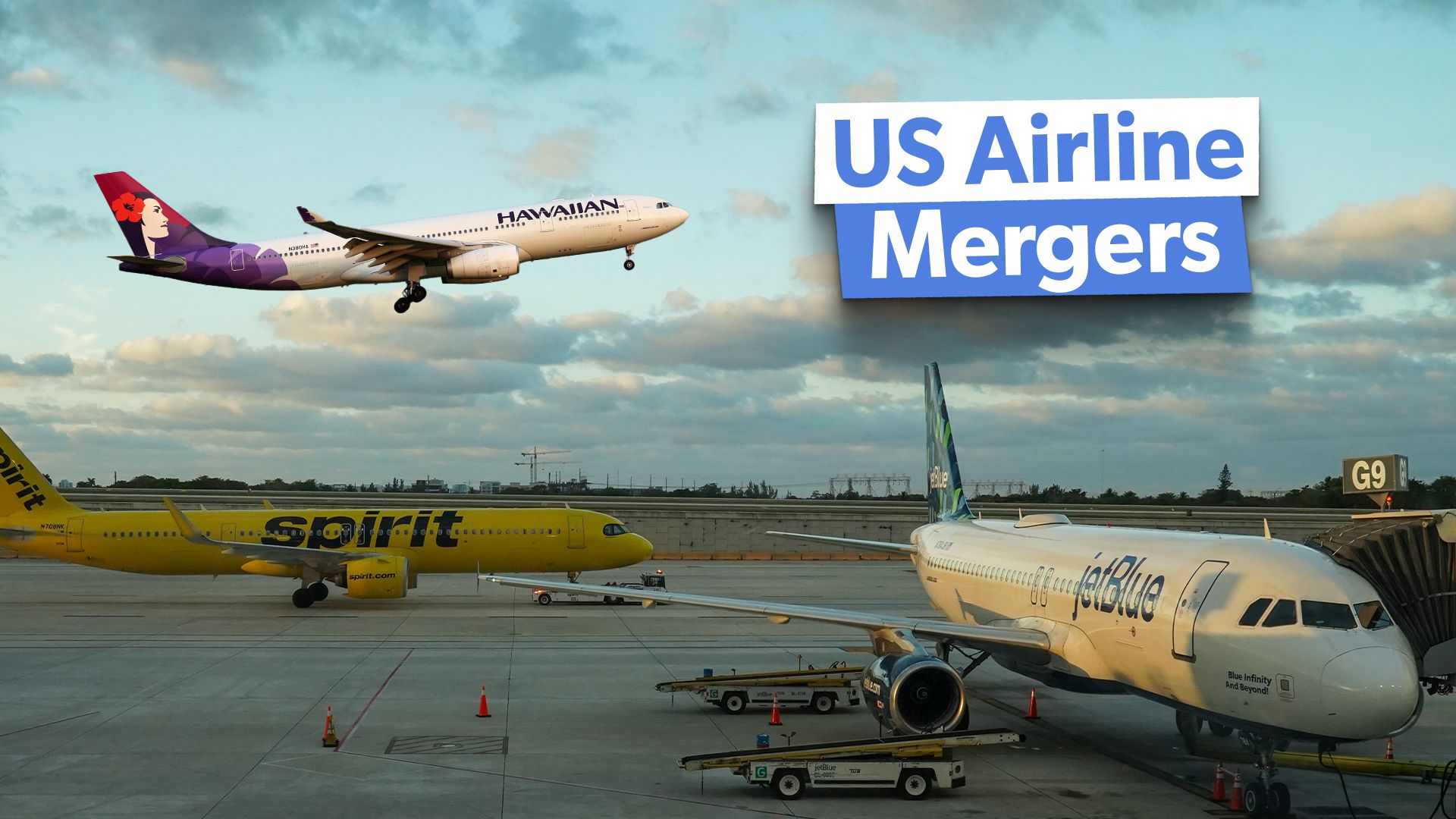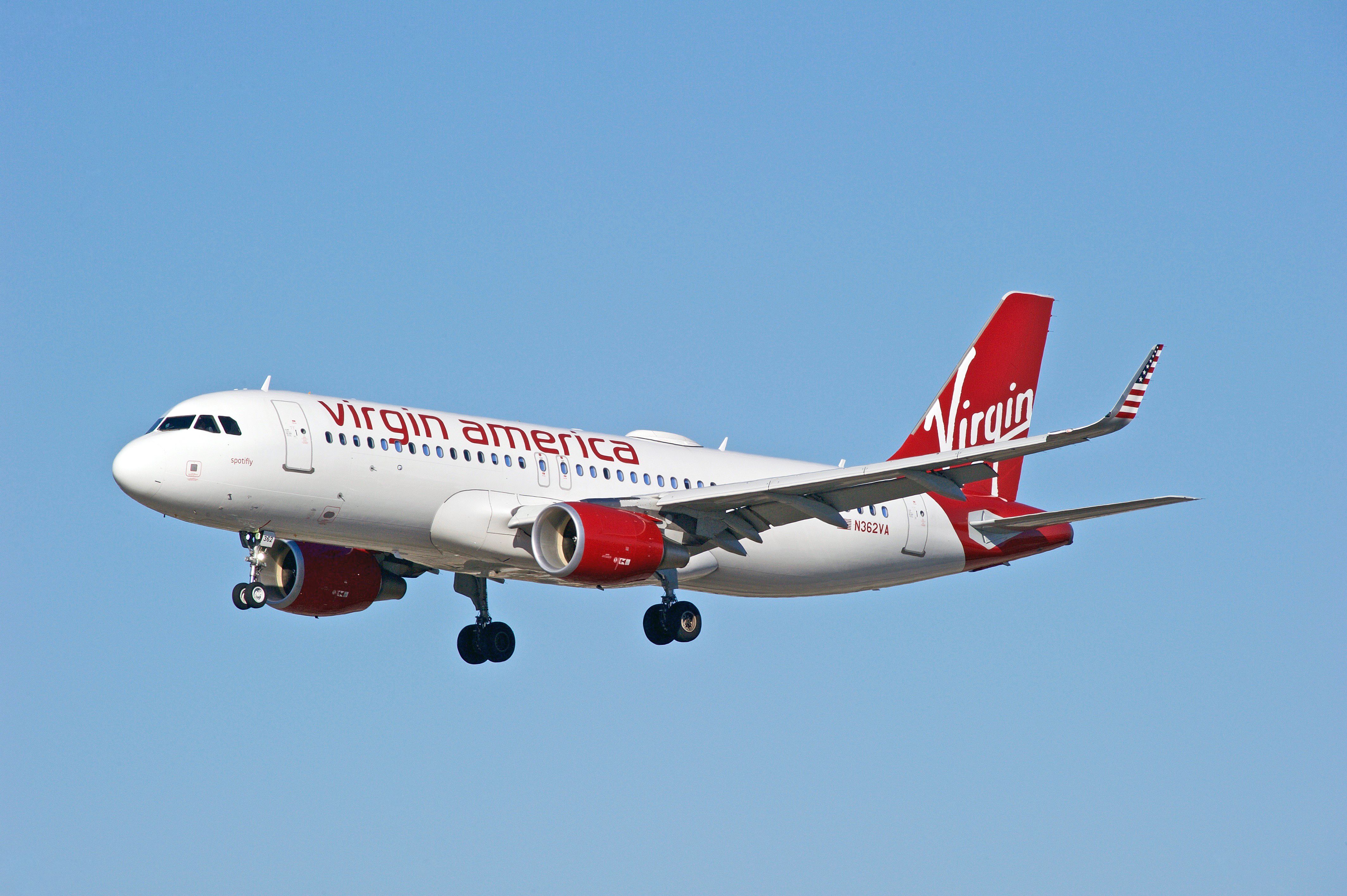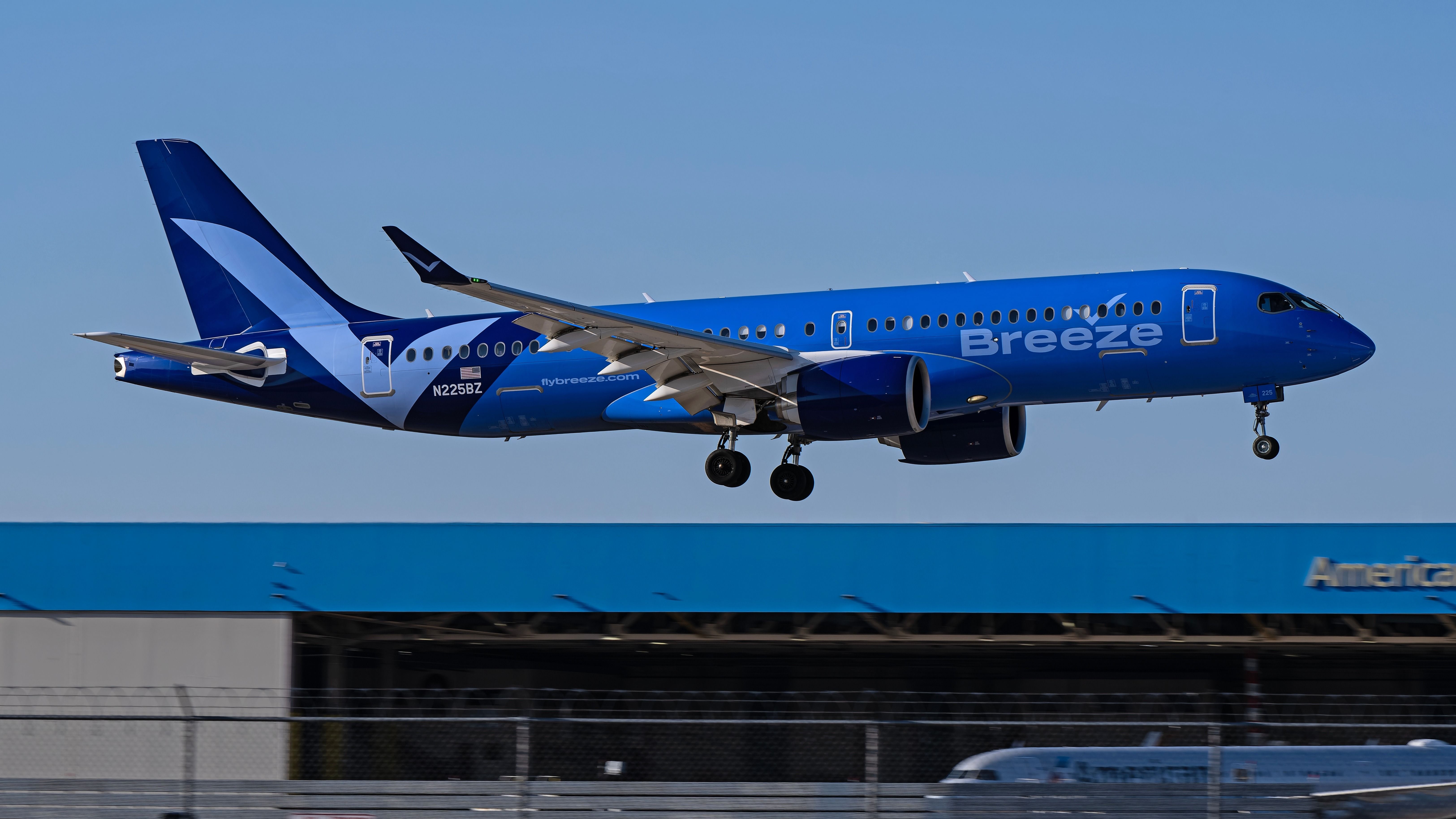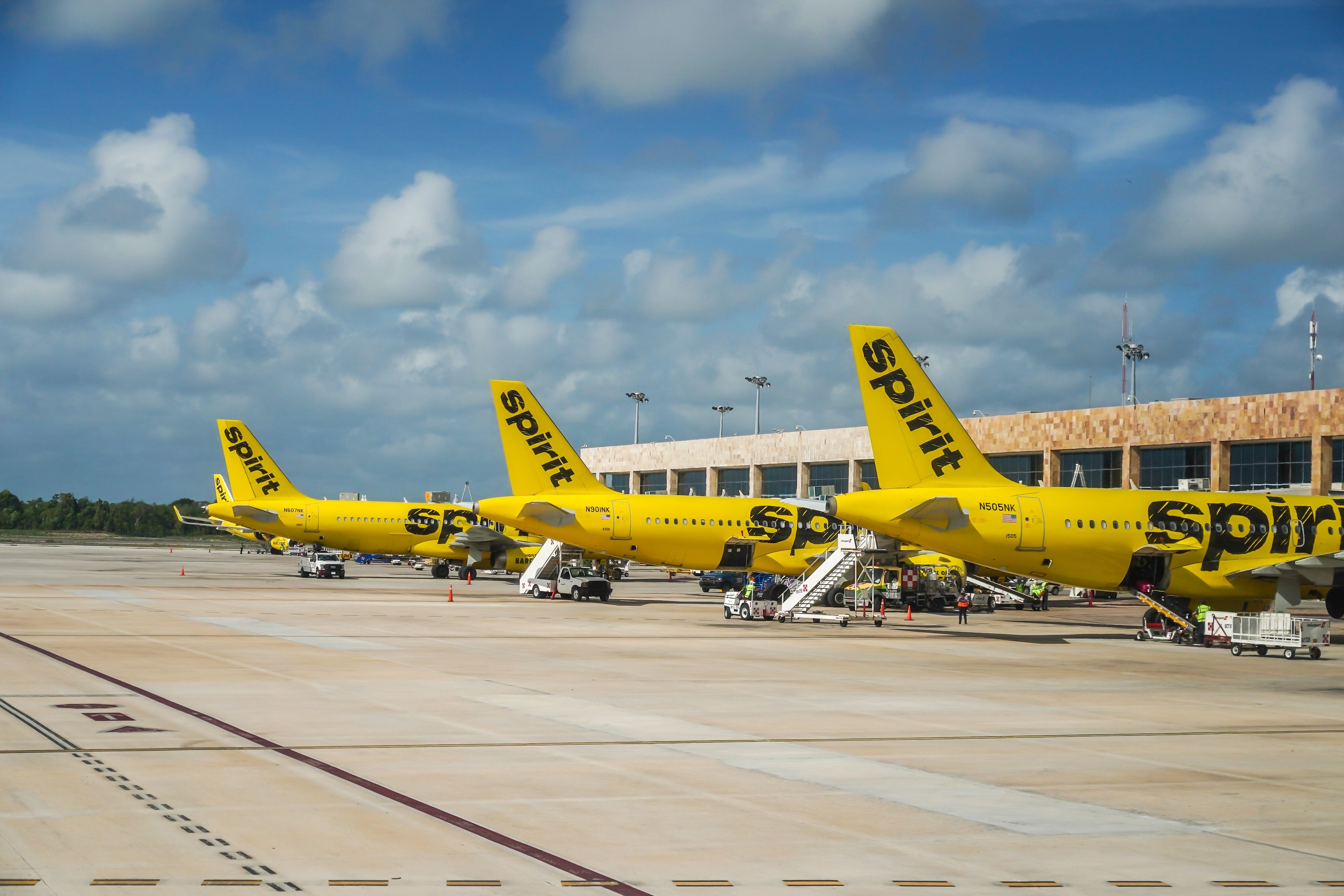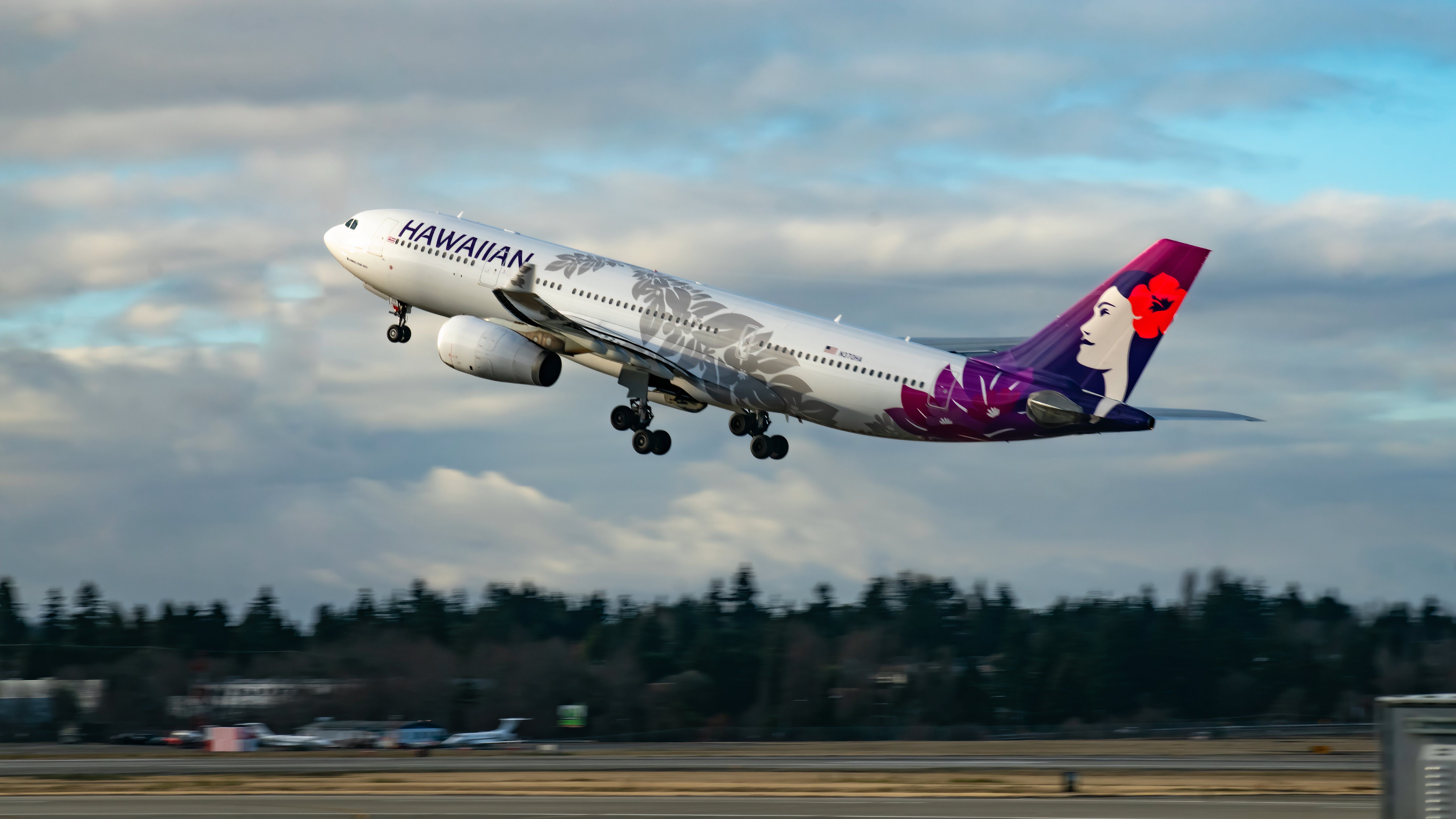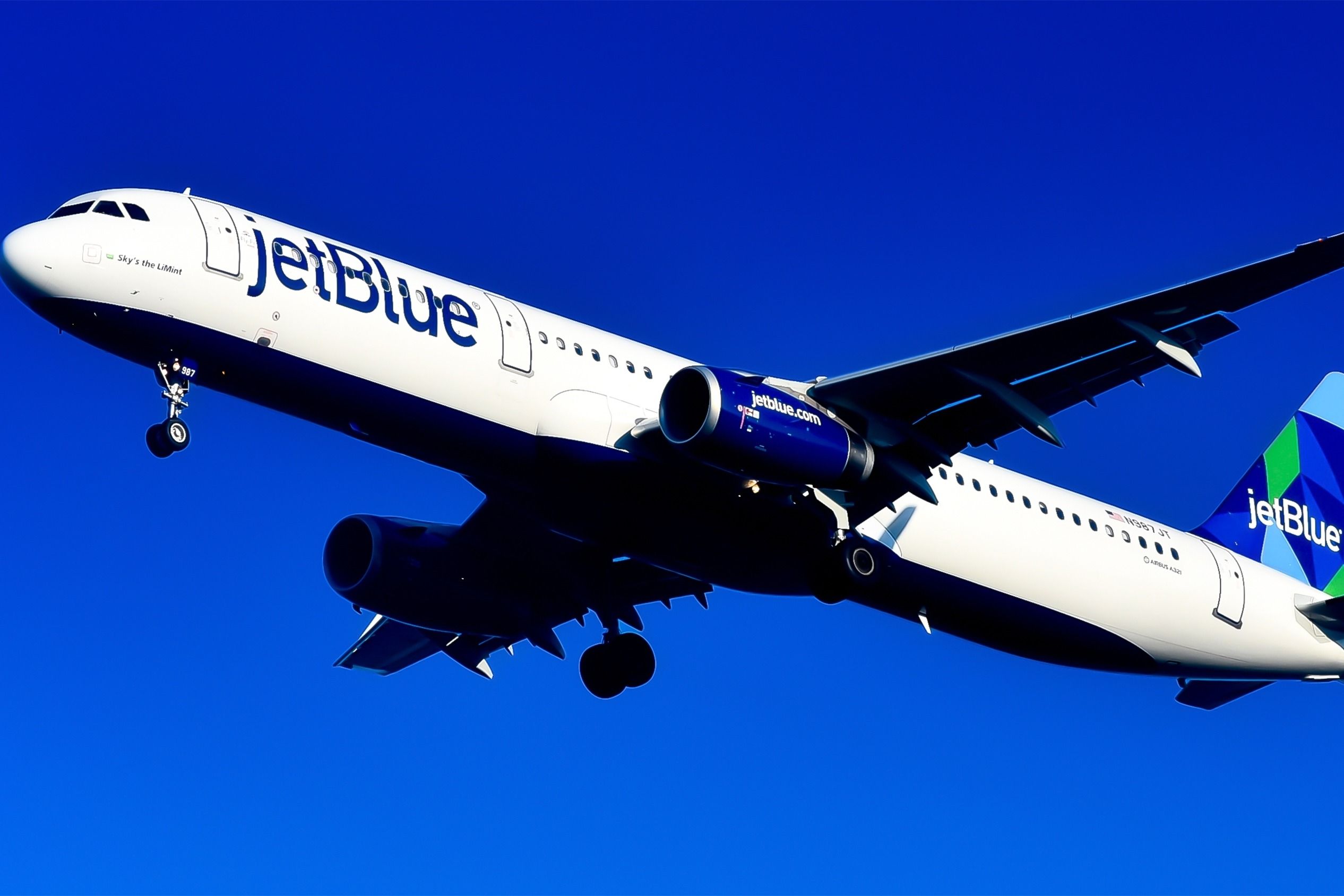From the perspective of airline industry observers and quantitative economists, the commercial air travel industry is in a unique period of transition, one which has already been in the works since before COVID. In the late 2000s and early 2010s, a massive wave of consolidation saw the nation go from having upwards of five full-service network carriers to just three major airlines today.
Massive landmark mergers
, such as those between Northwest Airlines and Delta Air Lines, American Airlines and US Airways, and Continental Airlines and United Airlines. All of these mergers increased the market presence and power of the largest full-service airlines, those which primarily earned profits by operating massive hub-and-spoke networks that served business travelers.
With such dominance in this market from just three airlines, opportunities for growth within the commercial airline industry were primarily limited to those that were able to appeal to a different kind of customer. As a result, almost all new airlines that rose to prominence in the past decade and a half all operate some version of a hybrid or ultra-low-cost model.
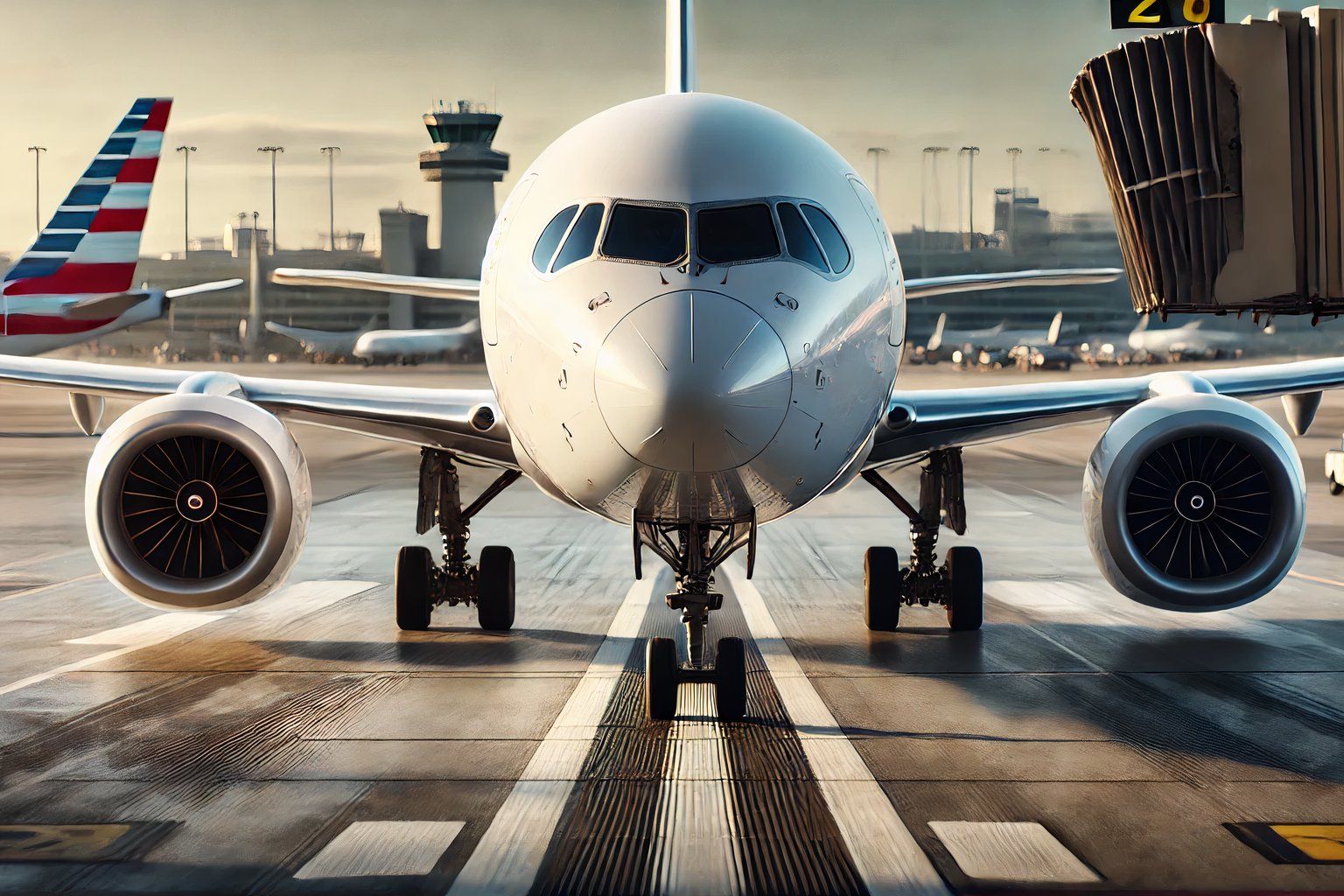
The era of low-cost airline mergers could be upon us
Eventually, however, the same competitive forces that led full-service airlines to face the financial difficulties that required mergers may be dawning on low-cost airlines, with the first example of this occurring back in 2016. Two airlines that were decidedly not low-cost carriers, Alaska Airlines and Virgin America, announced a merger agreement that would significantly increase the reach and market presence of Alaska Airlines.
Photo: Philip Pilosian | Shutterstock
The legacy airlines in the US market have become so powerful that carriers like Alaska are forced to consider expansion to place themselves in a market position where they can compete with Delta, United, and American. After acquiring Virgin America and its large hubs at both San Francisco International Airport (SFO) and Los Angeles International Airport (LAX), Alaska Airlines transformed from a minor regional player in the Pacific Northwest to a national transcontinental airline.
1:10

Related
Breeze Airways’ CEO David Neeleman Expects Spirit & Frontier Airlines To Retry Merger
David Neeleman, the CEO of Breeze Airways, believes merger conversations between Spirit and its main contender, Frontier Airlines, could be reignited.
But in the wake of this merger, the low-cost airline industry has begun to grow, with new carriers like Avelo Airlines and Breeze Airways entering the market with new business models. Just a couple of years later, the COVID-19 pandemic struck, which drastically increased leisure travel demand, something which budget airlines rely on.
Photo: Robin Guess | Shutterstock
Although passenger numbers returned and eventually exceeded their numbers in the years following the pandemic, low-cost airlines were now facing a new market that had increased competition. Not only were budget airlines competing with new carriers that entered the market, but they were also competing with full-service airlines that were now weaponizing basic economy rock-bottom fares and leveraging their loyalty programs to capture travelers on budgets.
Thus, it is unsurprising that many budget airlines have seen profit margins fall and have encountered financial difficulties, something that has historically been a key catalyst for industrial reorganization. Spirit Airlines, amid extensive financial troubles, provisionally accepted an acquisition bid from JetBlue for $3.8 billion, a deal which was later scrapped after being blocked by US regulatory authorities, according to CBS News.
Just one year later, the next two carriers to announce a major merger did so in December 2023, with the Alaska Air Group again acquiring a dynamic airline. The company’s acquisition of Hawaiian Airlines was finalized in September 2024, with a final purchase price of $1.9 billion on the table, according to NBC News. Low-cost and other non-legacy airlines have been champing at the bit to expand and gain a stronger competitive footing against the industry’s big players. Let’s take a deeper look at the impacts these mergers could have and how they might change the landscape of American commercial aviation.
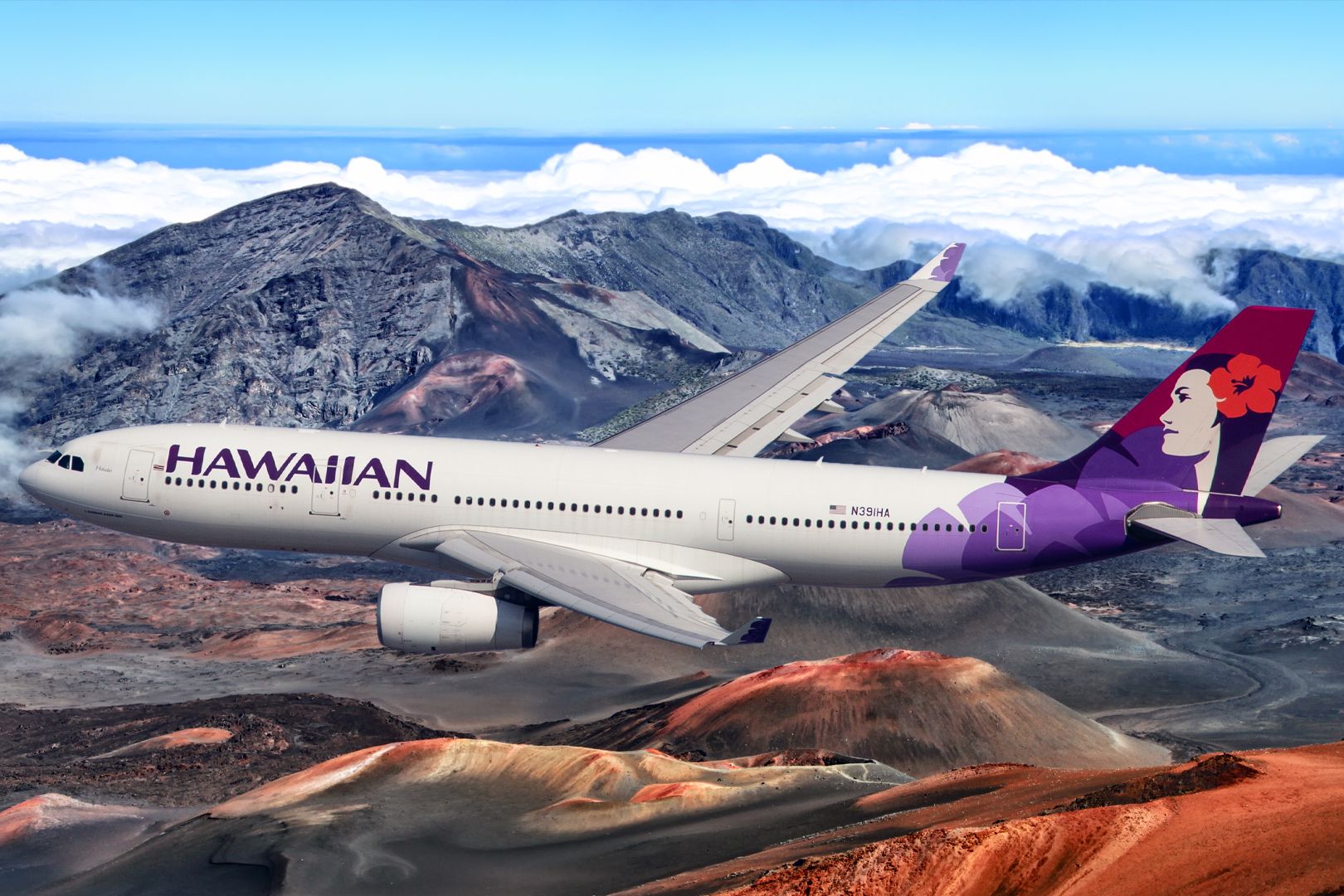
Related
Over 70 Hawaiian Airlines Non-Contract Employees Will Be Separated Following Alaska Airlines Merger
The airline said the decision was made after several weeks of dialogue with the employees.
What are the impacts of mergers in the non-legacy market?
Mergers between airlines like JetBlue and Spirit, although this one was blocked over competitive concerns, can drastically reorganize low-cost markets. JetBlue and Spirit are two airlines that share the same customer demographic, as their backbone markets connect hubs in the American Northeast to cities across Florida, the Caribbean, and other sunny vacation spots.
Photo: Leonard Zhukovsky | Shutterstock
If these two carriers were able to join forces, they could significantly reduce their operational costs by improving their economies of scale, resulting in significantly better financial performance. However, passengers would no longer have as many options while flying on many routes, something that would likely contribute to higher ticket prices.
The Alaska-Hawaiian merger makes a lot of sense from an industry perspective. Alaska needs to continue expanding if it is going to gain any ground against the major legacy airlines. Hawaiian Airlines customers could also benefit from the increased connectivity Alaska’s network can offer, as well as the loyalty benefits brought about by a new joint loyalty program. Furthermore, competitive concerns are low for a few key reasons:
- These airlines fly almost none of the same routes (except for a few to Hawaii)
- Hawaiian and Alaska have extremely different operational models
- The two airlines already do not control a large portion of the market
Photo: Jon Tetzlaff | Shutterstock
So what is the bottom line when it comes to low-cost airline mergers?
At the end of the day, mergers of low-cost carriers will have some mixed effects for customers in the short run, but will undoubtedly help these airlines survive in the long run. We look no further than JetBlue-Spirit to see what happens when mergers fail. Both Spirit and JetBlue have been struggling over the past two years, despite some more positive financial results in recent months.
Photo: Ronen Fefer | Shutterstock
Ultimately, if these carriers are forced to continue attempting to survive in an industry where they have structural cost disadvantages because their ability to grow through mergers is limited by regulatory intervention, there will be more and more unprofitable budget airlines leaving the market. If airlines like JetBlue and Spirit fail to survive, the legacy airlines will continue to grow larger and the consumer will have even fewer choices, ultimately leading to less competition, higher airfares, and a weaker travel experience.

